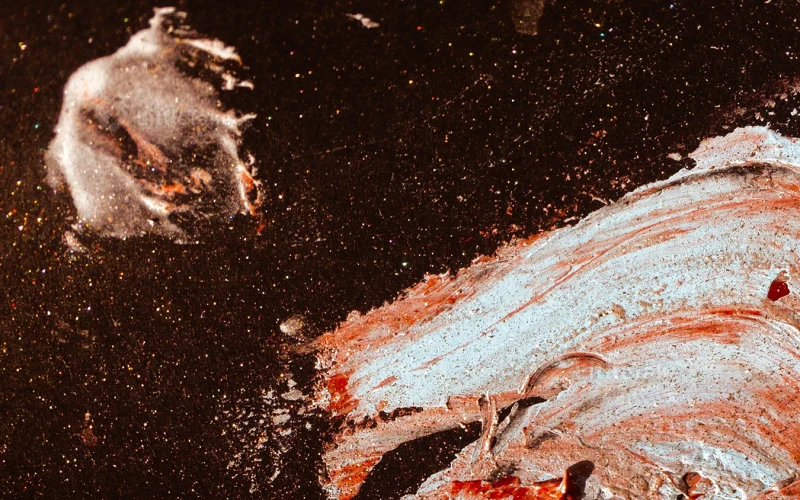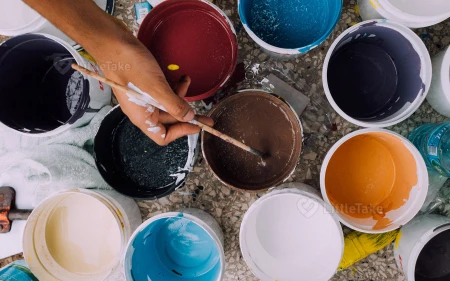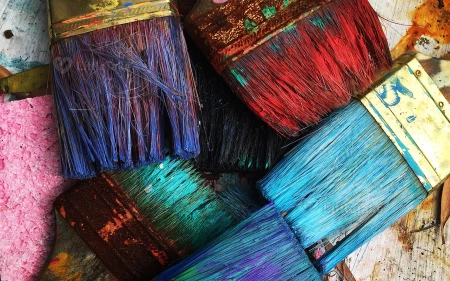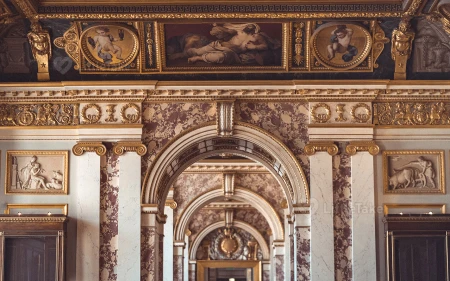
Art Restoration Techniques and Methods
Art restoration is the delicate process of preserving and reviving damaged or aged artwork. It requires skill, expertise, and a deep understanding of materials and techniques to restore the piece to its original glory. In this article, we will discuss some of the most common art restoration methods and the challenges faced by conservators.
Cleaning
Over time, dust, dirt, and grime can accumulate on the surface of an artwork, obscuring its original colors and details. Conservators use various methods, such as soft brushes, gentle solvents, or laser cleaning, to remove these contaminants without damaging the underlying layers of the artwork.
Structural Repair
Structural repair involves stabilizing and mending damaged supports, such as canvas, wood, or paper. Techniques include lining (attaching a new canvas to the back of a painting), tear repair, and panel consolidation to prevent further deterioration and preserve the integrity of the artwork.
Inpainting
Inpainting is the process of filling in lost or damaged areas of an artwork with new paint, carefully matching the original colors and brushstrokes. Conservators use reversible materials that can be easily removed in the future without causing harm to the artwork.
Retouching
Retouching involves correcting minor imperfections, such as scratches or small areas of paint loss, by applying a thin layer of paint or varnish. This process requires a delicate hand and an expert understanding of color theory to achieve a seamless blend with the original work.
Varnishing
Varnishing is the application of a protective coating to the surface of a painting, which not only enhances the colors but also provides a barrier against dirt, dust, and environmental factors. Conservators choose appropriate varnishes based on the artwork's age, materials, and specific conservation needs.
Preventative Conservation
Preventative conservation focuses on creating an environment that minimizes the risk of damage and deterioration. This includes monitoring temperature, humidity, and light levels, as well as implementing proper storage and handling practices to preserve the artwork for future generations.
Art restoration is a complex and nuanced field, requiring expertise in art history, chemistry, and studio techniques. Conservators work diligently to preserve our cultural heritage, ensuring that the beauty and significance of these works of art can be enjoyed by generations to come. By understanding the various restoration methods and the challenges faced by professionals, we can better appreciate the importance of art conservation and its impact on the world of art.


















